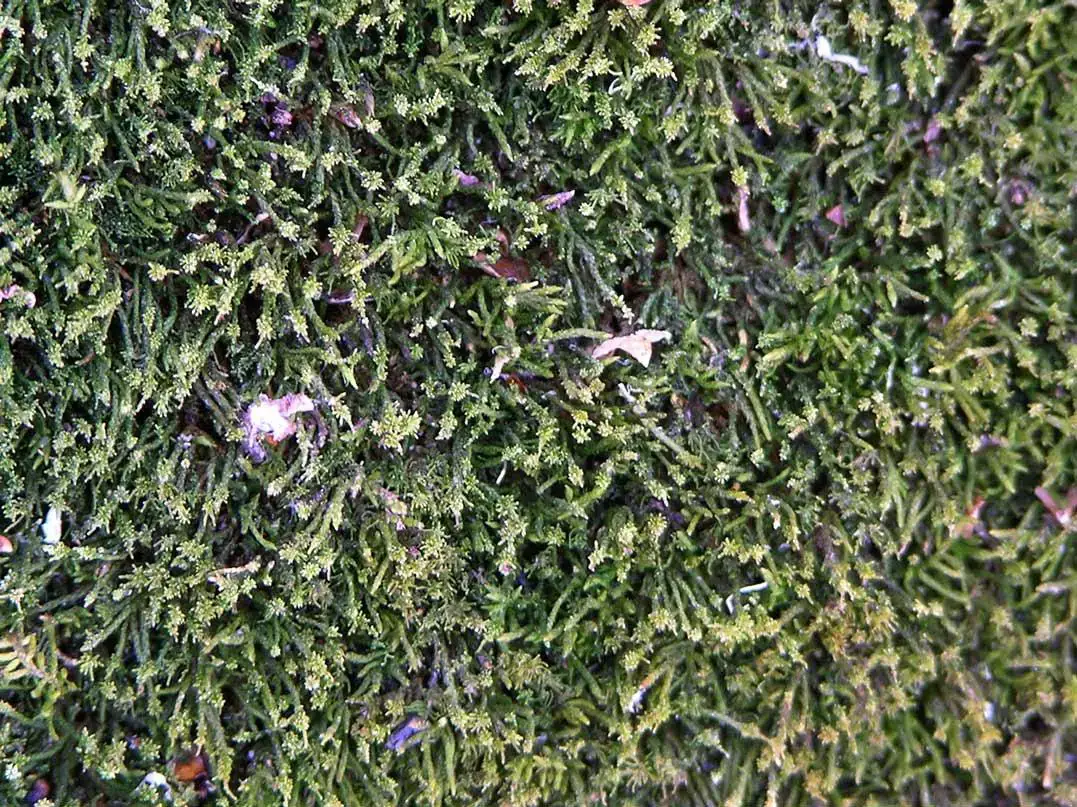
nervosa-1a.jpg from: https://ftp.funet.fi/index/Tree_of_life/plants/bryophyta/bryopsida/bryales/leskeaceae/leskeella/
Exploring the Fascinating World of Leskeella Moss
Introduction
Have you ever stopped to admire the tiny, intricate plants growing on rocks, trees, and soil? There’s a good chance some of those miniature marvels are mosses. Today, we’re diving into the captivating realm of Leskeella (Limpr.) Loeske moss, a member of the Leskeaceae family, commonly known as Leskeella. Get ready to discover the unique characteristics and ecological importance of this small but mighty plant!
Background on Mosses
Before we focus on Leskeella specifically, let’s cover some moss basics. Mosses are non-vascular plants in the division Bryophyta. They lack true roots, stems, and leaves, instead having structures that serve similar functions. Mosses play vital roles in ecosystems worldwide, from helping retain moisture to providing habitats for tiny organisms.
Morphology and Identification
Leskeella moss is characterized by its small size, typically growing in dense mats or cushions. The individual plants have short stems with tiny, overlapping leaves. Under a microscope, you’ll notice the leaves are concave and have a distinct midrib. Leskeella is autoicous, meaning both male and female reproductive structures are found on the same plant. The spore capsules are erect and cylindrical.
Global Distribution and Habitat
Leskeella has a wide global distribution, found on multiple continents including North America, Europe, and Asia

leskeella_nervosa.jpg from: https://www.earth.com/plant-encyclopedia/Bryophytes/Leskeaceae/leskeella-nervosa/en/
. This adaptable moss grows in various habitats, from lowland forests to subalpine regions. It’s often spotted on tree bark, rocks, and soil, showcasing its versatility. Leskeella isn’t picky about its substrate and can thrive in a range of environmental conditions.
Ecological Roles and Adaptations
Like other mosses, Leskeella plays important ecological roles. It

49833098882_d6b4f04aaa.jpg from: https://www.flickr.com/photos/silybum/49833098882
helps retain moisture in its environment, prevents soil erosion, and provides micro-habitats for invertebrates. Leskeella has adapted to tolerate periods of desiccation, allowing it to survive in areas with fluctuating moisture levels. Its

49841567137_a1c7822e46.jpg from: https://www.flickr.com/photos/21657471@N04/49841567137/
dense growth form also helps protect it from temperature extremes and excessive water loss

49757187931_6ffa4d5f1a.jpg from: https://www.flickr.com/photos/21657471@N04/49757187931/

976309.jpg from: https://www.bio-forum.pl/messages/3280/891082.html
.
Leskeella in the Ecosystem

Leskeella_nervosa_M19054_1579809374_lg.jpg from: https://www.gbif.org/es/species/2681341

le_nervosa4.jpg from: https://wnmu.edu/academic/nspages/gilaflora/leskeella_nervosa.html

Leskeela-nervosa-AH-272-yng.jpg from: https://sites.cortland.edu/bryophytes/field-guide/mosses/pleurocarp/leskeella-nervosa/

Selaginella-e1587465473348-768×432.jpg from: https://www.hobbyplants.com/spike-moss-selaginella-care-growing-guide/
| Ecological Role | Importance |
|---|---|
| Moisture retention | Helps maintain humidity in immediate environment |
| Erosion prevention | Dense mats stabilize soil and prevent erosion |
| Microhabitat provision | Provides shelter and resources for tiny organisms |
| Nutrient cycling | Contributes to decomposition and nutrient cycling |
Conclusion
Leskeella moss may be small, but it certainly isn’t insignificant. This fascinating plant plays crucial roles in ecosystems, from the forest floor to rocky outcrops. Next time you’re out in nature, take a closer look – you might just spot a patch of Leskeella doing its part to support the intricate web of life. What other tiny wonders have you discovered in the great outdoors?